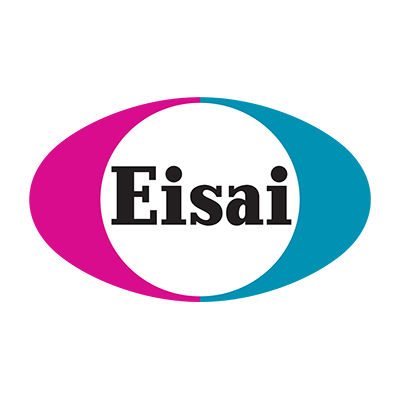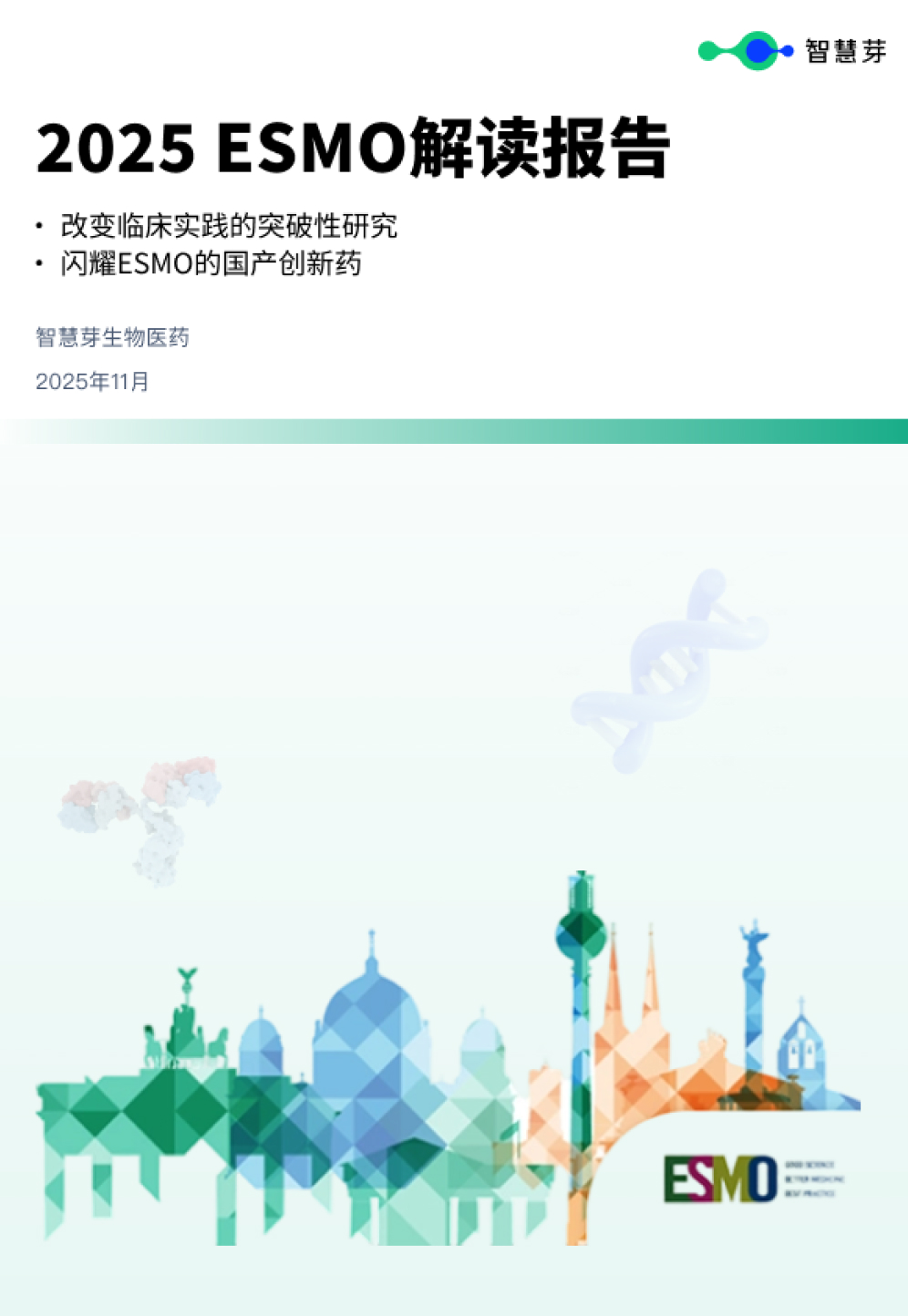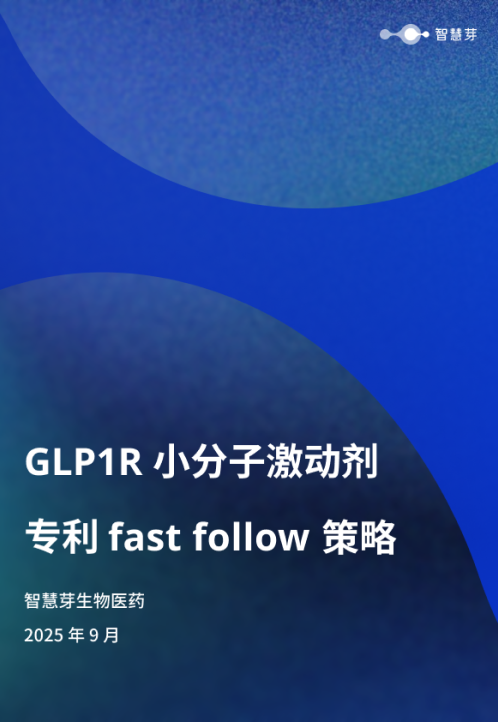预约演示
Psychosis: The Other Big Alzheimer’s Therapeutic Target
2024-04-01
临床2期临床3期并购临床结果
Pictured: Fractured time and melting clock/Taylor Tieden for BioSpace
While the past few decades have seen a focus on treating Alzheimer's disease at the source, which is widely considered to be the build-up of amyloid fibrils and tau tangles, many companies are also chasing the first approval of a drug to treat the related psychosis.
Anti-amyloid drugs like Eisai and Biogen’s Leqembi and Eli Lilly’s donanemab represent a leap forward, but many experts say success rates are modest, and Aduhelm, Biogen and Eisai’s first anti-amyloid treatment, was discontinued in January.
Against this backdrop, companies are increasingly focusing on symptomatic treatments, said Graig Suvannavejh, a senior biopharmaceuticals and biotechnology equity research analyst at Mizuho Americas. Using a financial model, Suvannavejh estimated that 35% of Alzheimer’s patients have psychosis. Even discounting patients who may not be diagnosed or have access to treatments, this translates to roughly 1 million patients in the U.S. alone, making for a large market opportunity, he told BioSpace.
Unconventional Targets
According to ClinicalTrials.gov, there are more than 600 active trials studying interventional treatments for Alzheimer’s disease, but fewer than 30 that focus on Alzheimer’s-related psychosis.
Given the lack of options, Alzheimer’s patients who experience psychosis may be prescribed off-label antipsychotics approved for schizophrenia, said Christoph Correll, a professor of psychiatry at the Donald and Barbara Zucker School of Medicine at Hofstra/Northwell.
Most antipsychotics target the receptors of dopamine and serotonin, neurotransmitters that are common to many processes in the body. Because of this overlap between molecular pathways in the brain and the rest of the body, the drugs can cause side effects like excessive sleepiness, swallowing difficulties and uncontrolled movements. These effects make compliance an issue for Alzheimer’s patients in particular, who are likely on other medications and may be unwilling to tolerate additional side effects, Correll said.
Christiana Bardon, a co-managing partner at MPM BioImpact, told BioSpace that the side effects associated with all antipsychotics are a significant complaint. “Patients who need the antipsychotics discontinue the drugs because of the intolerable side effects,” she said, and the dearth of tolerable treatments for Alzheimer’s patients with psychosis is “a huge unmet medical need.” This is particularly true as the prevalence of the condition increases. “We're having more and more patients develop not just agitation but also psychosis,” Bardon said.
With this in mind, many companies are working to make better schizophrenia medicines, and some are repurposing these candidates for Alzheimer's-related psychosis.
Karuna Therapeutics is developing KarXT for both schizophrenia and Alzheimer’s-related psychosis. KarXT combines xanomeline, which activates muscarinic receptors, and trospium, which prevents xanomeline from affecting muscarinic receptors outside the brain. This combination helps to prevent side effects like nausea, vomiting and diarrhea, according to the company. Having shown positive clinical trial results in schizophrenia, KarXT is now being tested in Phase III trials for Alzheimer’s-related psychosis.
Andrew Miller, Karuna’s founder and president of research and development, told BioSpace the company has seen a “broad spectrum of benefits,” in Alzheimer’s patients, including a lessening of hallucinations and delusions and a reduction in aggression and vocal outbursts.
Cerevel Therapeutics’ emraclidine also targets the muscarinic pathway. The candidate selectively binds only one type of muscarinic receptor and, like KarXT, affects the balance of neurotransmitters in the brain. Emraclidine is currently in Phase II trials for schizophrenia and is also in development for Alzheimer’s-related psychosis.
A third candidate with an unconventional target is Axsome’s AXS-05, a combination of two drugs: dextromethorphan, which blocks NMDA receptors, and bupropion, which increases the bioavailability of dextromethorphan. Originally conceived as an antidepressant, AXS-05 is now in Phase III trials for Alzheimer’s-related agitation.
Agitation usually comes across as physical restlessness or aggression, whereas psychosis involves hallucinations and delusion. The two can often overlap in Alzheimer’s patients but cannot be treated alike, Bardon said. “Agitation is the broader subset that we have to address, and then as the disease progresses, psychotic features may emerge as well,” she explained.
Clinical Development Considerations
A key sticking point when developing drugs for Alzheimer’s-related psychosis is a lack of biological information. “We don’t really know what the underlying biological mechanism of psychosis and Alzheimer’s is,” Correll said.
Unlike in Alzheimer’s disease, there are no clear or unique molecular targets for the related psychosis, according to a 2022 article published in Nature Reviews Neurology. Some studies suggest that genes like APOEε4 and SUMF1 may be involved, but these links have not been substantiated. A lack of good animal models compounds this difficulty, hindering basic research, Bardon said. These uncertainties mean that drug-makers have no concrete targets to aim for.
Even when repurposing known antipsychotics, companies must cater to older patients, who have different metabolic rates, require more tightly controlled doses and often have lower tolerability, Bardon explained. It is paramount to ensure safe side effect pro especially because older patients are more likely to also be on other medications, she said.
Suvannavejh added that it is also imperative in developing these therapies to recruit a patient population that is as homogeneous as possible, whether by age or the severity of their Alzheimer’s disease or psychosis.
When it comes to evaluating the endpoints of a trial, placebo effects are a major concern, Suvannavejh said. This is especially true for neuropsychiatric conditions, as patients may be more suggestible than in other disease areas. Companies must ensure that raters, who track patient responses and behaviors, are trained well and follow the same protocols across sites, Suvannavejh said.
Finally, when using existing or new antipsychotics to treat Alzheimer’s-related psychosis, physicians must look closely at the trial data. Correll prioritizes safety and efficacy and then looks at the effect size, which he said is an indicator of the study’s strength. He is also keen to explore new mechanisms that can sidestep the rather overused dopamine and serotonin pathways. A drug with a novel mechanism may be worth testing even if it comes with some side effects, Correll said, as it would allow physicians to tackle the issue from new angles.
Correll noted three key aspects of clinical trials in this space: testing drugs first on a small scale, selecting sites and patient populations to reflect the actual medical need and performing thorough follow-ups. These precautions inevitably translate to reliable and sound results, allowing physicians and regulatory bodies to make informed decisions, he said.
Precedent Needed
The increase in drug development in this space is emblematic of a renewed interest in neuroscience overall, Suvannavejh said. Small companies can focus exclusively on specific problems yet pivot when needed. This combination of focus and flexibility allows them to pursue neglected questions, he noted, paving the way for larger companies to take the solutions forward. Frontrunners Karuna and Cerevel have each been acquired by pharma giants, with Bristol-Myers Squibb paying $14 billion for Karuna and AbbVie putting up $8.7 billion for Cerevel in December 2023.
Despite the increased activity, regulatory guidelines are still being established in this space. Although the FDA is working closely with companies, Miller said there is room for improvement. “I think having more clarity and understanding when you work with [regulators] is really important,” he said.
Miller looks forward to seeing the first drug approval for Alzheimer’s-related psychosis. “It would establish a clear clinical trial and endpoint precedent,” he said. “I think it would also, importantly, be an example of success.”
Sruthi S. Balakrishnan is a freelance academic editor, science writer and fact-checker based in Santa Barbara, California. She can be reached at sruthisb@sciscriber.com.
更多内容,请访问原始网站
文中所述内容并不反映新药情报库及其所属公司任何意见及观点,如有版权侵扰或错误之处,请及时联系我们,我们会在24小时内配合处理。
生物医药百科问答
全新生物医药AI Agent 覆盖科研全链路,让突破性发现快人一步
立即开始免费试用!
智慧芽新药情报库是智慧芽专为生命科学人士构建的基于AI的创新药情报平台,助您全方位提升您的研发与决策效率。
立即开始数据试用!
智慧芽新药库数据也通过智慧芽数据服务平台,以API或者数据包形式对外开放,助您更加充分利用智慧芽新药情报信息。





